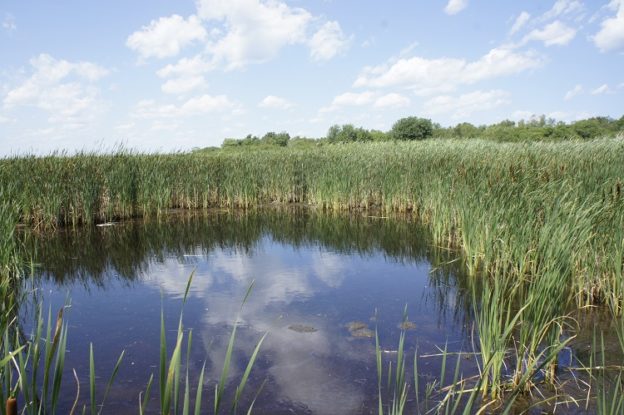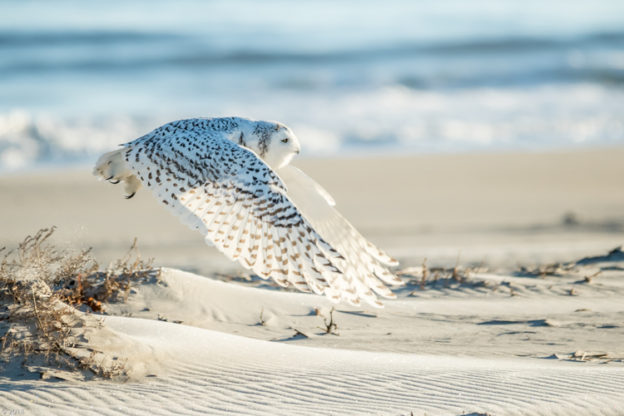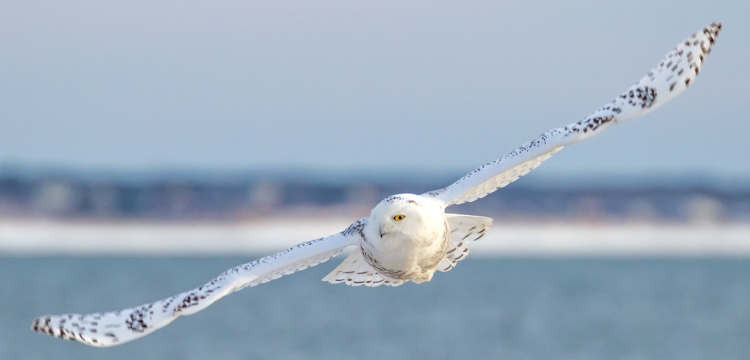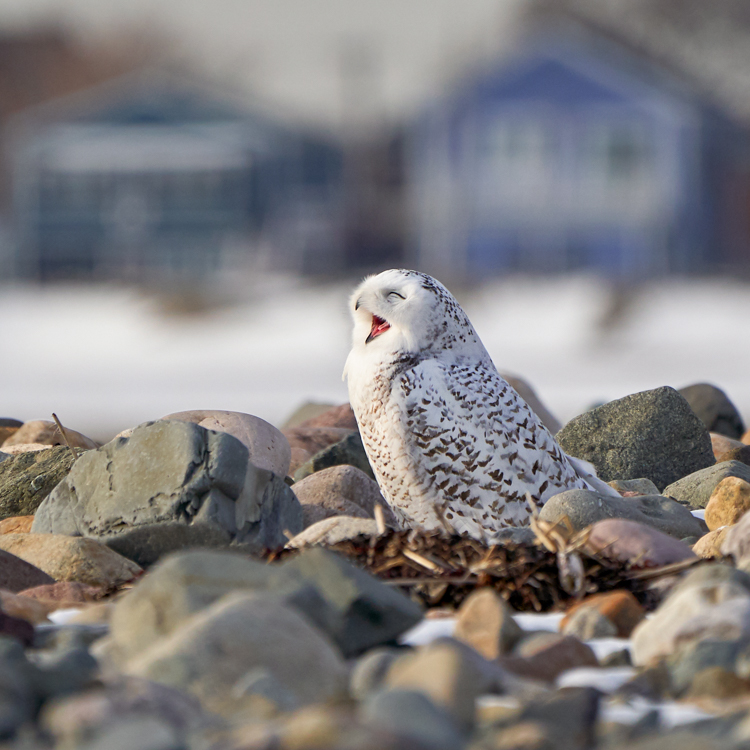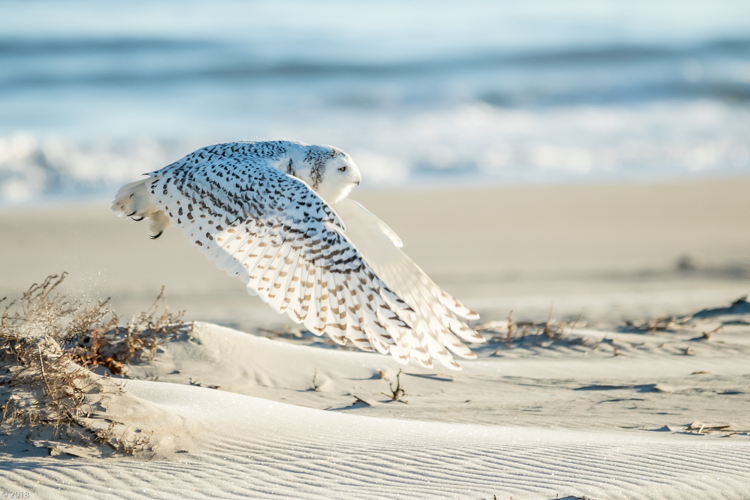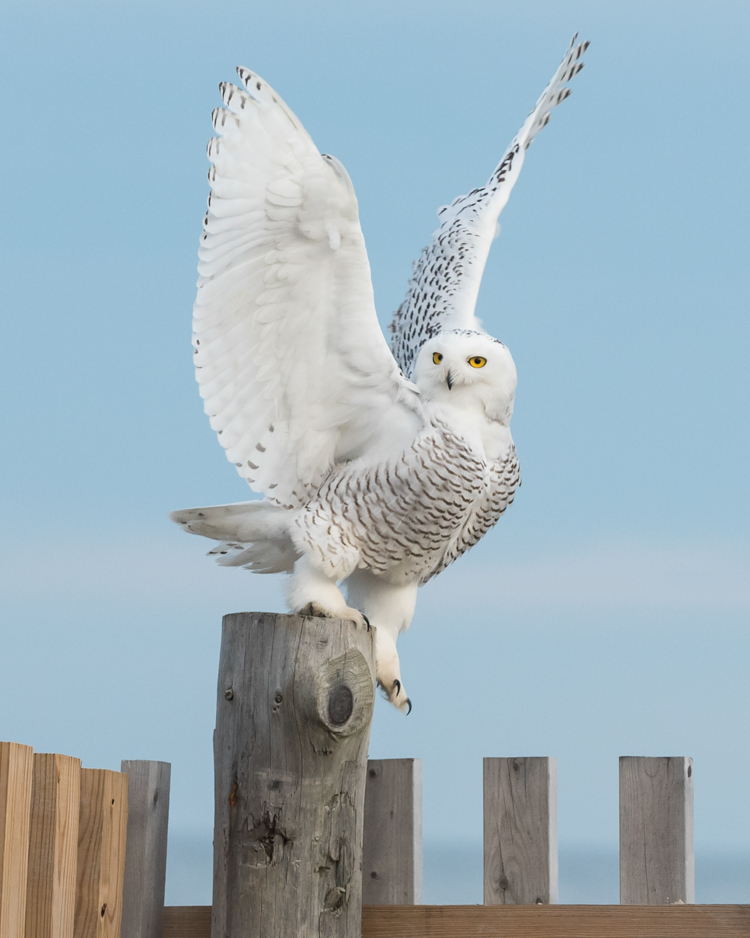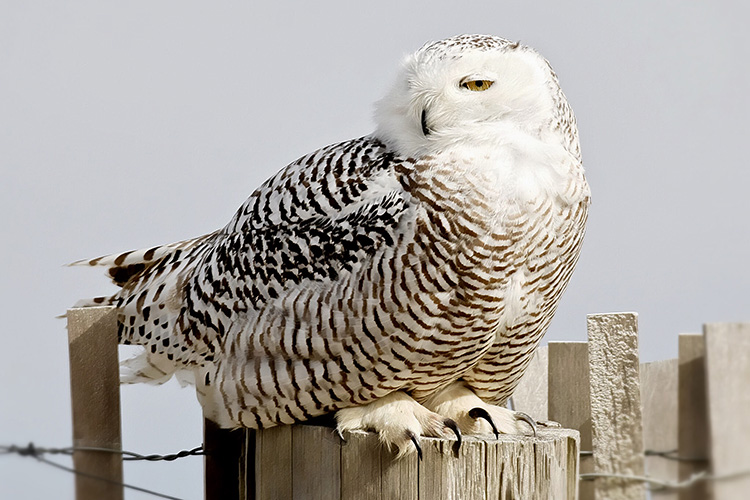Our coasts are home to valuable habitats and beloved species. To protect them from climate change and understand how vulnerable these important regions are, Mass Audubon’s Climate Adaptation Ecologist, Dr. Danielle Perry, PhD, laces up her work boots and jumps headfirst into cordgrass and salt water.
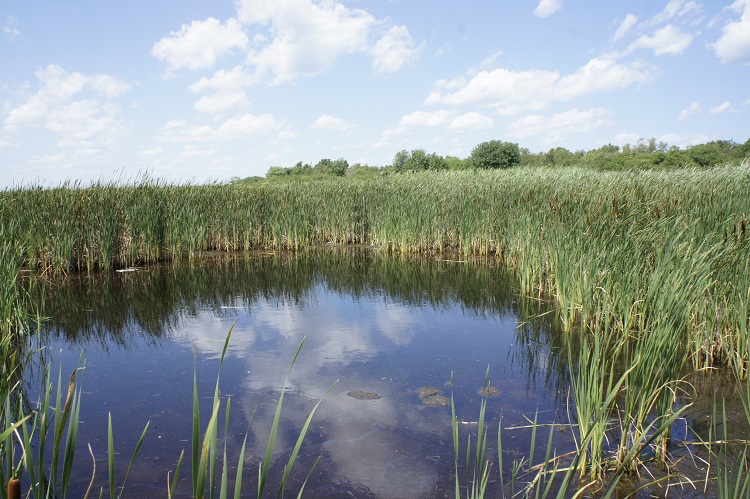
Why Study Vulnerability
When a habitat is vulnerable to climate change, it means that it is at an elevated risk of suffering from climate change’s impacts, like sea level and temperature rise. Analyzing a habitat’s vulnerability is critical to understanding how well equipped it is to withstand these impacts, which then allows us to urgently act to ensure their protection both now and in the future.
Dr. Perry’s initial study is a trial for a series of vulnerability assessments that analyze the resilience of Mass Audubon properties to the various impacts of climate change. These first assessments examined the effects of sea level rise at five properties: Mass Audubon’s Joppa Flats, Rough Meadows, Eastern Point, Barnstable Great Marsh, and Wellfleet Bay wildlife sanctuaries.
Breaking Down Methodology
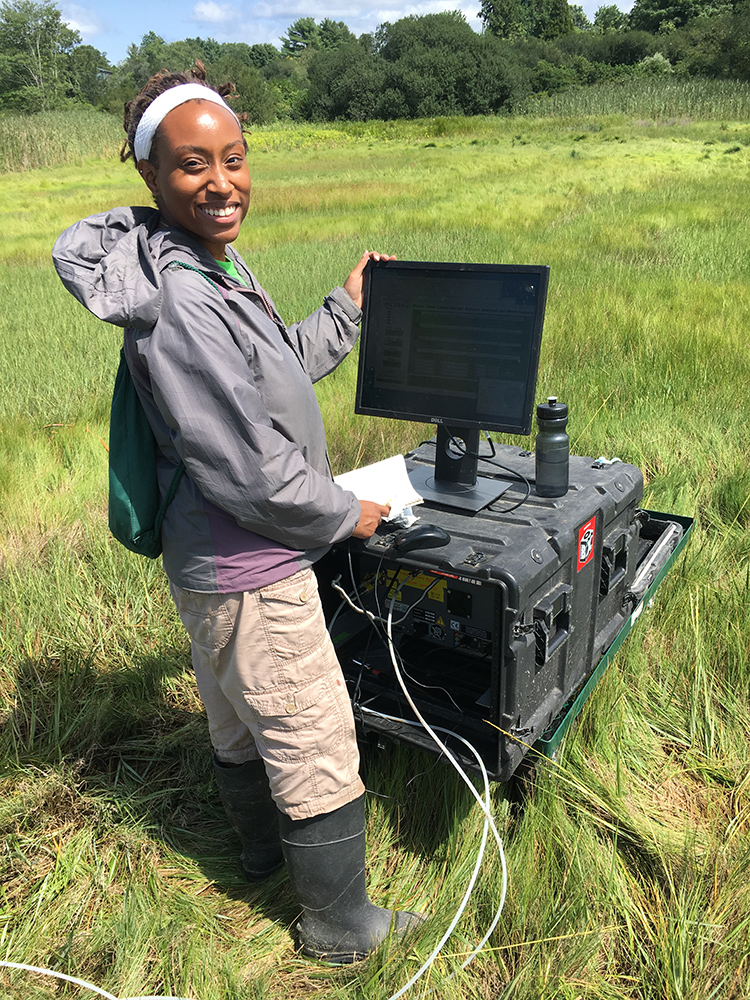
First, with the expertise of sanctuary staff and other scientists, Dr. Perry assigned the resources within each sanctuary a numerical score based on their value to wildlife, the sanctuary, and surrounding communities. Resources ranged from hard infrastructure (man-made) to natural environments (like salt marsh habitats).
Then, she used data available by the Massachusetts Office of Coastal Zone Management and the National Oceanic and Atmospheric Administration to project the effect that sea level rise will have on these resources by 2030 and 2050.
Finally, Dr. Perry supplemented her projections with real-time field surveys that looked at the current conditions of salt marsh habitats, since salt marshes serve an important role in increasing our resilience to climate change. She observed cues that demonstrated how resilient the habitat currently is, its health, and how easily it could migrate (or move more landward) as sea levels rise.
The Results
Wellfleet Bay Wildlife Sanctuary in Wellfleet had stable salt marsh conditions, with some evidence of disturbances like crab burrows that degrade the marsh’s peat. However, this site is projected to be the most impacted by sea level rise out of all five sanctuaries.
Eastern Point Wildlife Sanctuary in Gloucester showed similar results: a salt marsh with better current conditions than the other sanctuaries, but significant projected sea level rise impact, right after Wellfleet Bay.
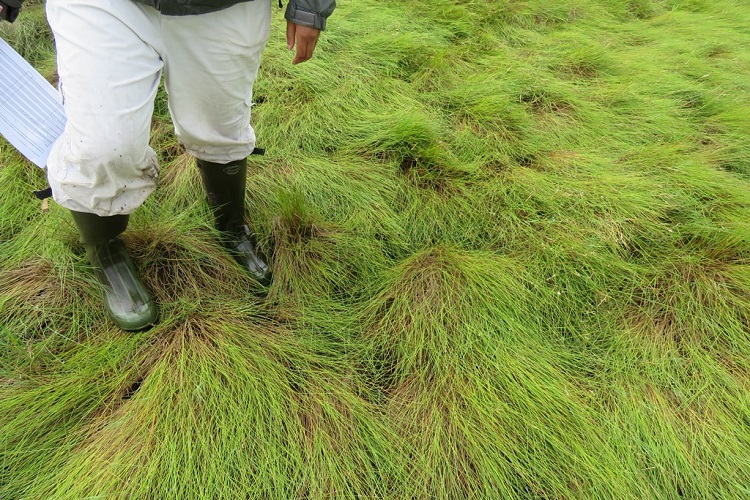
Then came Joppa Flats Education Center in Newburyport, one that stood out to Dr. Perry for a completely different reason than the previous two. This site’s current conditions were among the most degraded: with low climate resilience and an ecosystem health score of five (out of 10).
Rough Meadows Wildlife Sanctuary in Rowley is a little more prepared for sea level rise, with moderate climate resilience and a high landward migration potential. Barnstable Great Marsh Wildlife Sanctuary in Barnstable mirrored this finding, but with even less severe projected sea level rise impacts. This is because most of Barnstable Great Marsh’s infrastructure is located upland, more out of reach of rising tides.
Where We Go From Here
Dr. Perry’s preliminary results, while part of a pilot study, show us that even though all the sites will be affected by sea level rise, each has different levels of resilience. These findings will allow Mass Audubon to prioritize those sites most in need of urgent action. Eventually, we will use this data to inform land use and restoration project decisions at each of the studied locations. Our goal is to increase the resilience of our wildlife sanctuaries and reduce the vulnerability of the surrounding communities.


